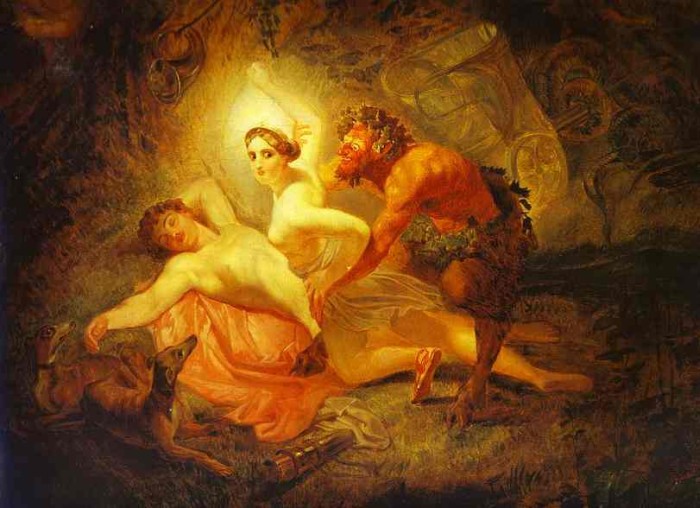Karl Briullov (Карл Павлович Брюлов) (1799-1852)
Get a Karl Briullov (Карл Павлович Брюлов) (1799-1852) Certificate of Authenticity for your painting (COA) for your Karl Briullov (Карл Павлович Брюлов) (1799-1852) drawing.
For all your Karl Briullov (Карл Павлович Брюлов) (1799-1852) artworks you need a Certificate of Authenticity (COA) in order to sell, to insure or to donate for a tax deduction.
Getting a Karl Briullov (Карл Павлович Брюлов) (1799-1852) Certificate of Authenticity (COA) is easy. Just send us photos and dimensions and tell us what you know about the origin or history of your Karl Briullov (Карл Павлович Брюлов) (1799-1852) painting or drawing.
If you want to sell your Karl Briullov (Карл Павлович Брюлов) (1799-1852) painting or drawing use our selling services. We offer Karl Briullov (Карл Павлович Брюлов) (1799-1852) selling help, selling advice, private treaty sales and full brokerage.
We have been authenticating Karl Briullov (Карл Павлович Брюлов) (1799-1852) and issuing certificates of authenticity since 2002. We are recognized Karl Briullov (Карл Павлович Брюлов) (1799-1852) experts and Karl Briullov (Карл Павлович Брюлов) (1799-1852) certified appraisers. We issue COAs and appraisals for all Karl Briullov (Карл Павлович Брюлов) (1799-1852) artworks.
Our Karl Briullov (Карл Павлович Брюлов) (1799-1852) paintings and drawings authentications are accepted and respected worldwide.
Each COA is backed by in-depth research and analysis authentication reports.
The Karl Briullov (Карл Павлович Брюлов) (1799-1852) certificates of authenticity we issue are based on solid, reliable and fully referenced art investigations, authentication research, analytical work and forensic studies.
We are available to examine your Karl Briullov (Карл Павлович Брюлов) (1799-1852) painting or drawing anywhere in the world.
You will generally receive your certificates of authenticity and authentication report within two weeks. Some complicated cases with difficult to research Karl Briullov (Карл Павлович Брюлов) (1799-1852) paintings or drawings take longer.
Our clients include Karl Briullov (Карл Павлович Брюлов) (1799-1852) collectors, investors, tax authorities, insurance adjusters, appraisers, valuers, auctioneers, Federal agencies and many law firms.
We perform Karl Briullov art authentication, appraisal, certificates of authenticity (COA), analysis, research, scientific tests, full art authentications. We will help you sell your Karl Briullov or we will sell it for you.
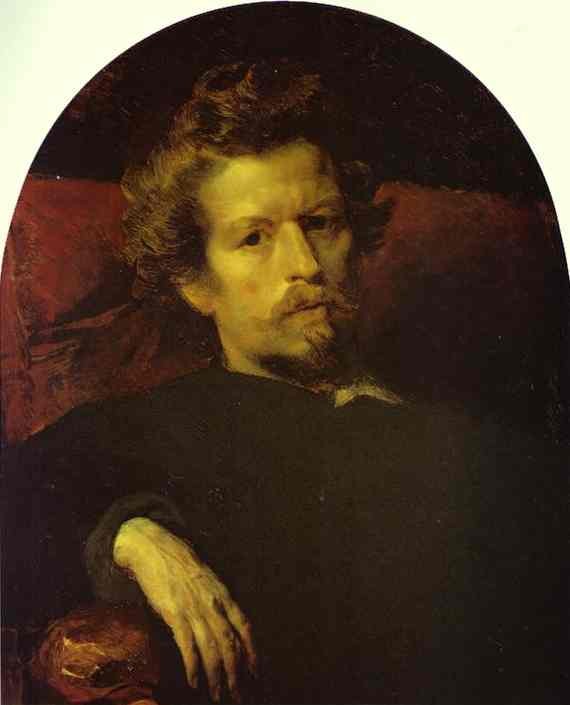
Karl Briullov was the first Russian painter of international standing. He is regarded as a key figure in transition from the Russian Neoclassicism to Romanticism.
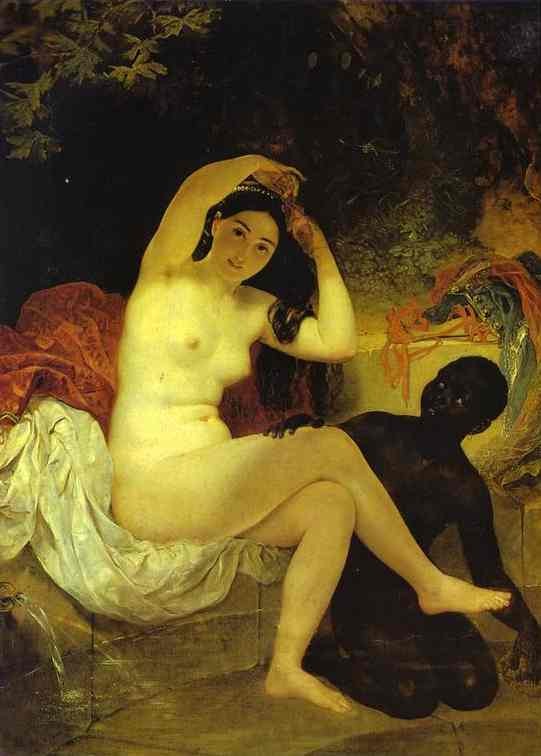
Born of French parents in St. Petersburg, Carlo Brulleau (as his name was spelled until 1822) felt drawn to Italy from his early years. Despite his education at the Imperial Academy of Arts (1809-1821), Briullov never fully embraced the classical style taught by his mentors and promoted by his brother, Alexander Briullov. After distinguishing himself as a promising and imaginative student and finishing his education, he left Russia for Rome where he worked until 1835 as a portraitist and genre painter, though his fame as an artist came when he began doing historical painting.
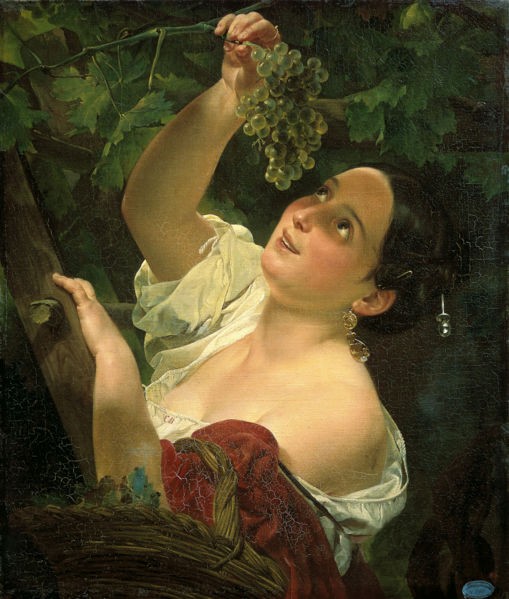
His best-known work, The Last Day of Pompeii (1830-1833), is a vast composition compared by Pushkin and Gogol to the best works of Rubens and Van Dyck. It created a sensation in Italy and established Briullov as one of the finest European painters of his day. After completing this work, he triumphantly returned to the Russian capital, where he made many friends among the aristocracy and intellectual elite and obtained a high post in the Imperial Academy of Arts.
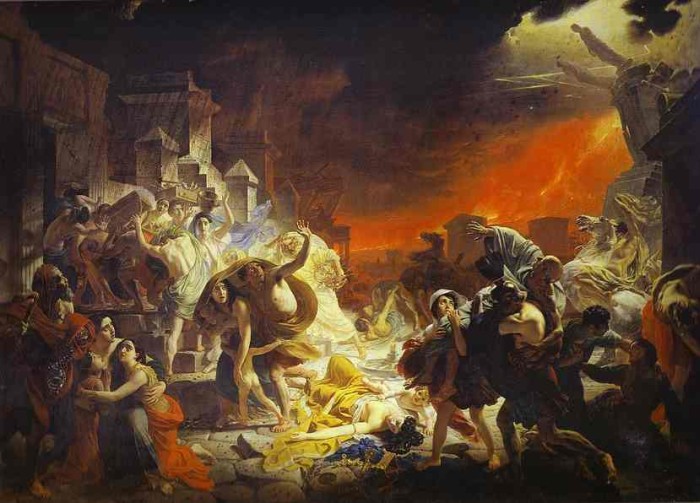
While teaching at the academy (1836-1848), he developed a portrait style which combined a neoclassical simplicity with a romantic tendency that fused well, and his penchant for realism was satisfied with an intriguing level of psychological penetration. While he was working on the plafond of St. Isaac’s Cathedral, his health suddenly deteriorated. Following advice of his doctors, Briullov left Russia for Madeira in 1849 and spent the last three years of his life in Italy. He is buried at the Cemeterio degli Inglesi in Rome.
